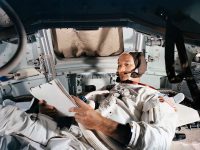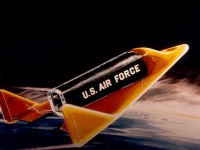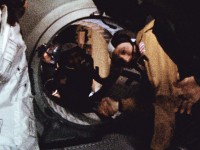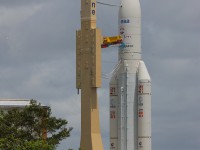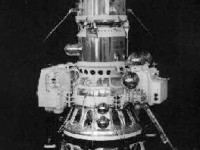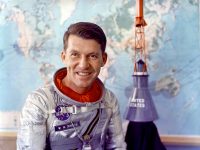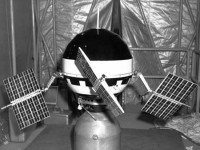Konstantin Feoktistov, Space Engineer
On February 7, 1926, Soviet cosmonaut and an eminent space engineer Konstantin Petrovich Feoktistov was born. Feoktistov was part of the team that would go on to design the Sputnik, Vostok, Voskhod, and Soyuz spacecraft under the leadership of Sergey Korolev.[1] He trained as a cosmonaut, and eventually launched 12 Oct 1964 for 16 earth orbits as one of the crew of Voskhod 1 (with Vladimir Komarov and Boris Yegorov), the world‘s…
Read more



